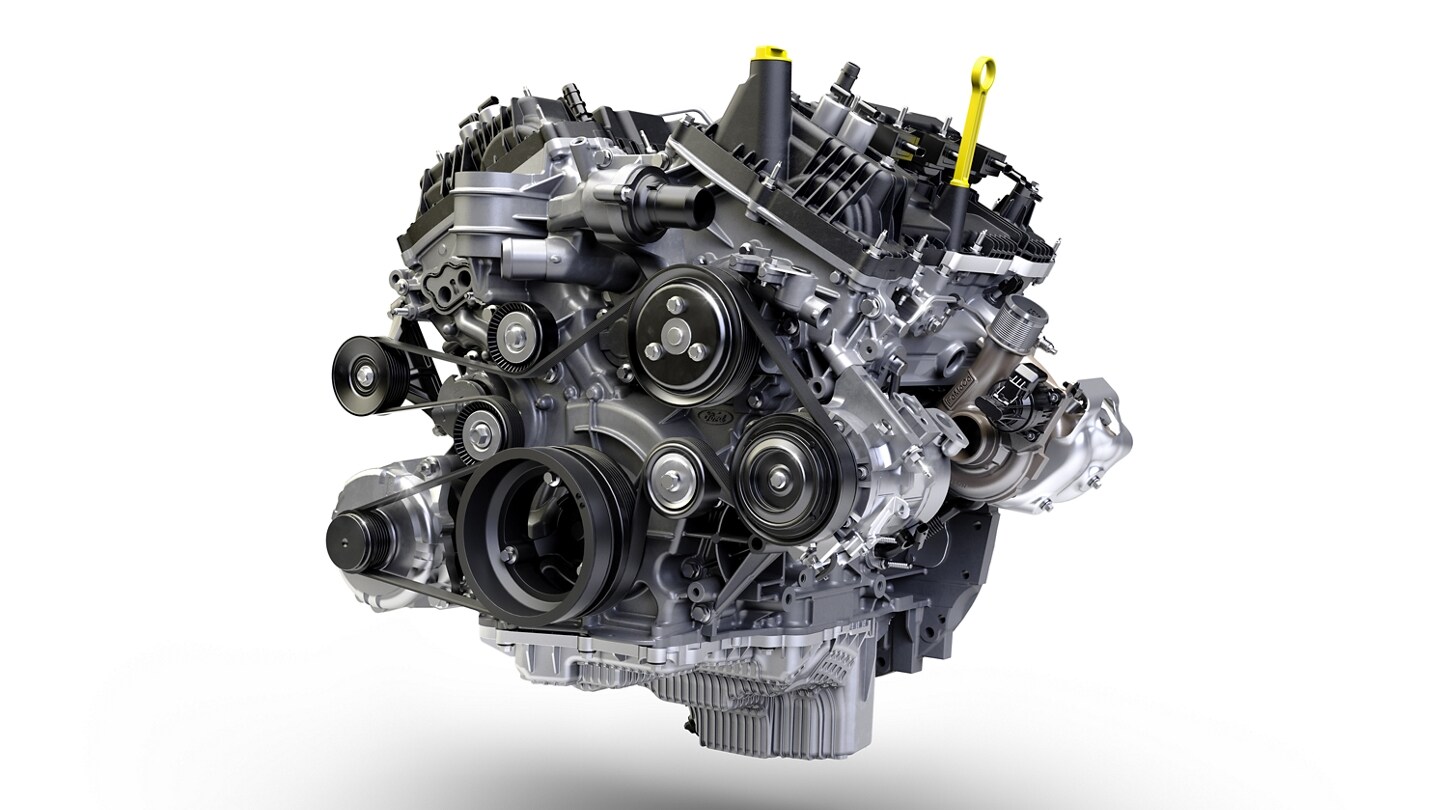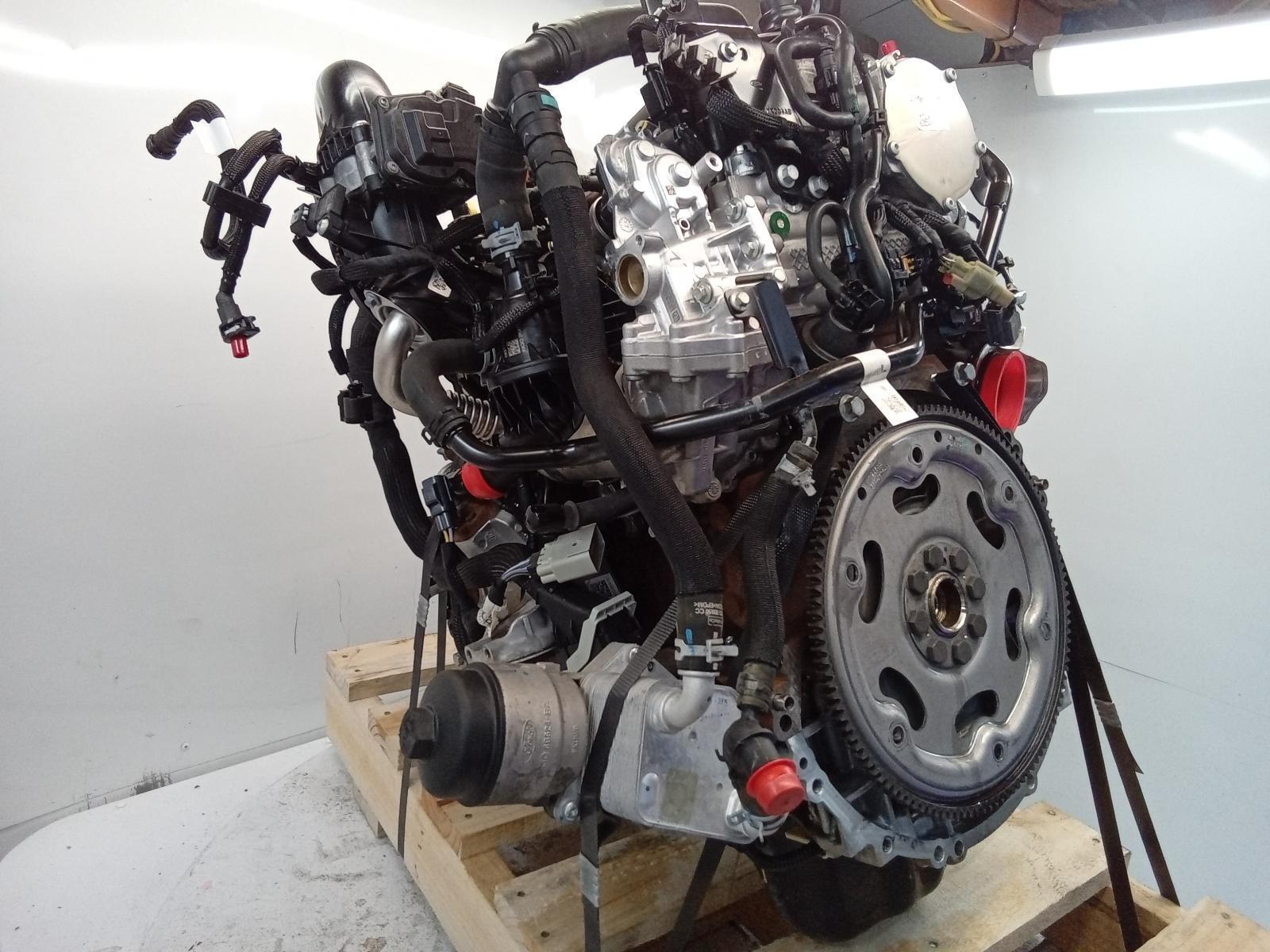Get to Know the Power and Reliability of the 2.2 Ford Ranger Engine for Any Job
Get to Know the Power and Reliability of the 2.2 Ford Ranger Engine for Any Job
Blog Article
Comprehending the Basics of Cars And Truck Engines: Functions, types, and functions

Review of Vehicle Engines
An automobile engine functions as the heart of a car, converting gas right into mechanical energy to push it onward. This intricate system comprises different parts that operate in unison to guarantee ideal efficiency and performance. The fundamental operation of a cars and truck engine entails the internal combustion process, where fuel and air are blended, sparked, and eliminated to create power.
The engine's layout can considerably impact its performance, gas efficiency, and discharges. Trick elements consist of the cyndrical tube block, pistons, crankshaft, and camshaft, each playing a critical duty in the engine's total feature.
Along with these parts, engines typically utilize various systems such as fuel injection, ignition, and cooling systems to boost efficiency and long life. Comprehending the fundamental mechanics of vehicle engines is necessary for doing and diagnosing concerns maintenance, inevitably contributing to the vehicle's integrity and effectiveness over time.

Kinds of Vehicle Engines
Automobile engines can be classified right into a number of types based upon their layout, gas kind, and operational concepts. 2.2 ford ranger engine. The most common classifications consist of inner burning engines (ICE), electric engines, and hybrid engines
Interior combustion engines, which can be additional split right into fuel and diesel engines, run by igniting a fuel-air mixture to produce power. Gasoline engines are normally lighter and smoother, while diesel motor are much more fuel-efficient and deal higher torque.
Electric engines make use of electrical power kept in batteries to power an electric motor, providing instant torque and zero exhausts during procedure. As technology developments, electrical lorries (EVs) are significantly coming to be preferred for their ecological advantages and reduced running expenses.
Hybrid engines combine components of both inner burning and electric engines, enabling flexible source of power and enhanced fuel effectiveness. They can run in different modes, utilizing either the gas engine, the electric motor, or both at the same time.
Each type of engine has distinct benefits and downsides, influencing their application in various car types and market sectors, from small cars and trucks to durable vehicles. Comprehending these kinds is vital for making notified decisions pertaining to lorry option and performance assumptions.
Engine Functions Clarified
Comprehending engine features is vital for grasping just how lorries run effectively. At the core of any kind of interior burning engine lies the essential process of transforming gas right into power. This procedure begins with the consumption stroke, where air and fuel are attracted into the combustion chamber. Following this, the compression stroke presses the air-fuel mix, increasing its temperature and stress.
The ignition happens following, igniting the combination and developing a fast expansion of gases. This force drives the piston down throughout the power stroke, which inevitably translates right into the rotational activity of the crankshaft. The exhaust stroke after that expels the spent gases from the chamber, making way for a new cycle to begin.
In enhancement to these key features, engines additionally include systems that manage cooling and lubrication, making sure optimum functional temperature levels and lowering rubbing in between relocating parts. This complex interaction of features allows the engine to create the power needed for automobile propulsion while preserving effectiveness and dependability. Understanding these features provides valuable insight into the complexities of automotive design and improves the capability to detect and attend to engine-related problems go to these guys efficiently.
Secret Engine Features
Engine design incorporates a number of crucial functions that substantially influence sturdiness, efficiency, and efficiency. One of the most critical elements is the engine configuration, which check consists of inline, V-type, and flat layouts. Each setup affects the engine's equilibrium, size, and power output, therefore impacting total car characteristics.
Another essential function is the engine variation, referring to the overall quantity of all cylinders. Larger variations generally produce more power however might compromise fuel effectiveness. Engine materials likewise play a pivotal duty; light-weight and high-strength materials, such as light weight aluminum and magnesium alloys, enhance efficiency without including extreme weight.
The kind of fuel injection system employed-- such as multi-port or direct shot-- impacts burning performance and emissions. Turbocharging and turbo charging are features that increase engine performance forcibly extra air right into the burning chamber, raising power output without substantially enhancing engine dimension.
Last but not least, the visibility of innovative engine monitoring systems maximizes fuel-air combination and ignition timing, contributing to smoother operation and better fuel economic climate. Collectively, these functions define an engine's capabilities, setting the foundation for its efficiency and long life in an affordable vehicle landscape.
Maintenance Tips for Engines
Correct engine maintenance is crucial for guaranteeing optimal performance and long life, as disregarding regular treatment can result in significant concerns down the line. To preserve your engine efficiently, start with normal oil modifications, normally every 3,000 to 7,500 miles, relying on the kind of oil used. Fresh oil lubricates engine elements, decreasing rubbing and wear.
In addition, keeping an eye on coolant levels is important to avoid getting too hot. Make sure that the coolant is topped up and remains in great problem to preserve effective temperature level guideline. Consistently check and replace air and gas filters, as clogged filters can impede air flow and gas shipment, endangering engine effectiveness.
Furthermore, take note of trigger plugs and ignition systems. Defective or used ignition system can cause misfiring and decreased efficiency. Checking the battery terminals and links for deterioration is also essential, as a weak battery can impact engine beginning.

Conclusion
In recap, a detailed understanding of automobile engines incorporates various kinds, features, and crucial features that substantially influence automobile efficiency. Internal combustion engines, in addition to hybrid and electrical alternatives, show diverse mechanisms for energy conversion. 2.2 ford ranger engine. Identifying the necessary functions, such as intake and exhaust cycles, along with vital engine attributes like setup and fuel shot systems, equips automobile view it proprietors with the knowledge essential for effective upkeep and procedure, eventually improving car long life and efficiency
An auto engine serves as the heart of a car, transforming gas right into mechanical power to push it onward. The basic procedure of an automobile engine entails the inner burning procedure, wherein fuel and air are mixed, ignited, and gotten rid of to produce power.
Routinely replace and check air and gas filters, as clogged up filters can prevent airflow and fuel delivery, compromising engine efficiency. - 2.2 ford ranger engine
In summary, a comprehensive understanding of vehicle engines includes different types, functions, and key features that significantly influence lorry performance. Recognizing the essential features, such as consumption and exhaust cycles, together with vital engine functions like configuration and gas shot systems, gears up automobile owners with the knowledge essential for reliable maintenance and operation, ultimately improving car durability and effectiveness.
Report this page